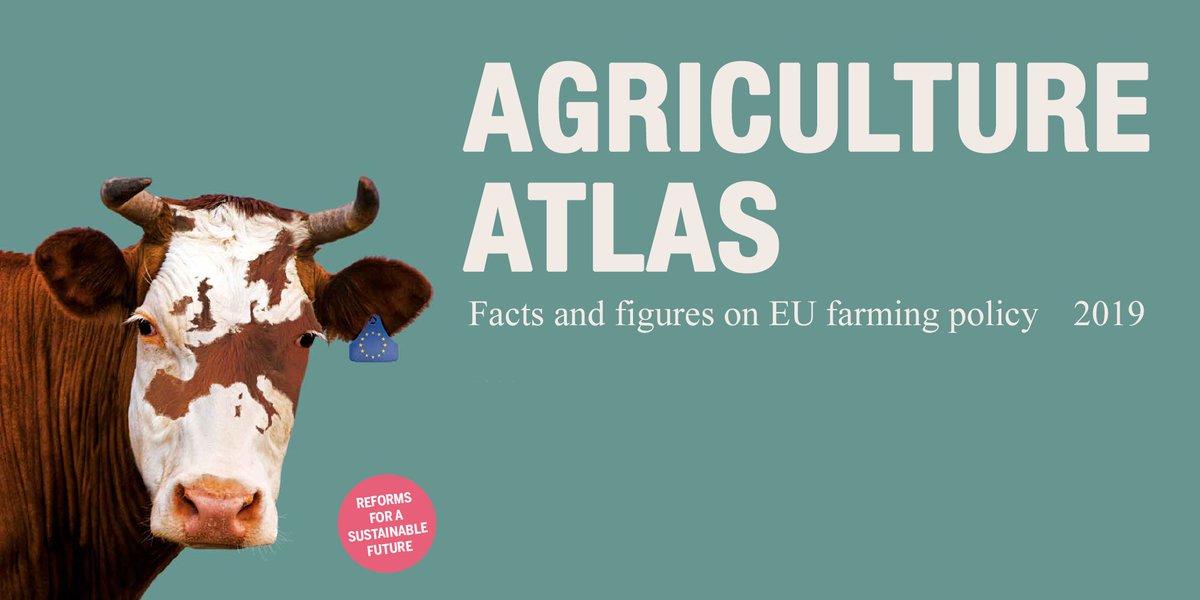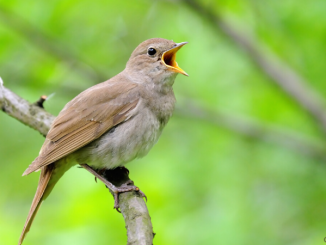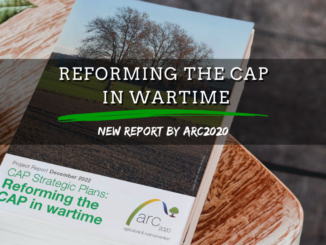
Last week, huddled in the Heinrich Böll Foundation’s Brussels office, we launched the Agriculture Atlas – Facts and Figures on EU Farming Policy. A collaboration between the Heinrich Böll Foundation, Friends of the Earth Europe and BirdLife International, the extensive, free report provides a brilliant, comprehensive overview of the state of play of European agricultural policy.
Download the full Agriculture Atlas here (German)
Agriculture Atlas 2019 (English)
What does the CAP look like concretely? How does the food and farming system differ across national borders? What are the implications of such policy on biodiversity, climate change mitigation, animal welfare or small farmers? How does the European food system affect the wider world? How should we do things differently? At the height of the European elections and with the CAP reform entering a critical next phase, this is a pertinent time for such a publication.
The launch event presented the Atlas and featured a panel discussion with representatives of some key agri-food civil society actors on the future of the CAP. Speakers were Aurélie Catallo from Pour une autre PAC, Inés Jordana from Por otra PAC, Dorota Metera, from BIOEKSPERT and the Polish agrifood coalition, Geneviève Savigny from ECVC and Peter Werheim member of Phil Hogan’s cabinat, chaired by Christine Chemnitz from the Heinrich Böll Foundation.
Barbara Unmüßig, President of the Heinrich Böll Foundation argues
“Today’s farming policy is highly inefficient, ineffective, and inequitable…Instead of mainly supporting the biggest, agro-industrial players, the CAP needs specific instruments and targets which coherently support sustainable farms, which are the ones that manage to link healthy food, care for the environment and employment and thus better perspectives for our European regions. The CAP needs to be taken as an opportunity to unite the European continent by deconcentrating and spreading fair and equal subsidies throughout all our regions, enhance thus social cohesion, provide the rural population with long-term development perspectives and reinforce the positive perception of Europe.”
The report is split both geographically and thematically. First it breaks down the different components of the CAP, introducing the history of the policy, it’s two-pillar system and it’s funding system. Then it delves into the nature and implications of the CAP on the ground, for even the same policy will have different consequences across an area as diverse as Europe. Accordingly, the report has contributions from France, Austria, Italy, Spain, Poland and Germany, covering who the key financial beneficiaries are as well as what the key issues in those countries are. Next the report examines the different implications of the current CAP, its encouragement of industrial agriculture, it’s impact on the environment and how it leads to the loss of small farmers, for example, before concluding with an analysis of how the European agri-food sector sits within global trade and development in the Global South.
Specifically, the chapters are
- Twelve brief lessons on agricultural policy in Europe
- Hitting Targets, Missing Goals – An introduction to the CAP
- A Decades-Long Discount Worth 130 Billion Euros – The net payers
- Tied to the Land – Direct Payments
- For Some, the Second Pillar has the Second Priority – Rural development
- The Biggest Beneficiary – The French budget
- Some Progress, But Could Do Better – The Austrian budget
- Ignoring the Better Options – The Italian budget
- Misguided Transformation – Polish agricultural structures
- Growing Up – European farm structure
- Whosoever Hath, to him Shall be Given – German farm structures
- Mainly in the Plain – Water in Spain
- Lip Service Only – European farm work
- From Family Farm to Farming Firm – European land ownership
- Intensification vs Conservation – European biodiversity
- How Habitats are Lost – Austrian biodiversity
- Farming and Environment: A delicate balance – Natura 2000 in Italy
- Biodiversity Under Threat – High-nature-value farming in Spain
- Spray Today, Gone Tomorrow – Pesticides in the EU
- Farming as if animals mattered – Livestock in the EU
- Too Much of a Good Thing – Fertilizer Overuse in the EU
- Working with Nature – Organic Farming in the EU
- Organic Growth – German Organic Farming
- The Key to Sustainability – Agroecology in France
- Looking Beyond Production – Land use change in Poland
- New Potato, Fried Potato, Couch Potato – Health in the EU
- Putting Carbon Back in the Soil – EU Climate
- A Global Price Tag for Europe’s Agri-Food Sector
Each chapter is written by a different individual or organisation including some you might recognise from this website like our Letter from a Farm contributor Brîndușa Bîrhală, Alan Matthews, Christian Rehmer from BUND and Harriet Bradley from Birdlife Europe. ARC2020’s Oliver Moore and Helene Schulze also contributed a chapter on rural development and the second pillar of the CAP. You can read this in full here tomorrow. Together then, the Agriculture Atlas manages well to gather real expertise from across the continent.
For everyone somehow involved in the European agri-food system, whether as a farmer, policymaker, activist, academic or consumer, this is an important read.





